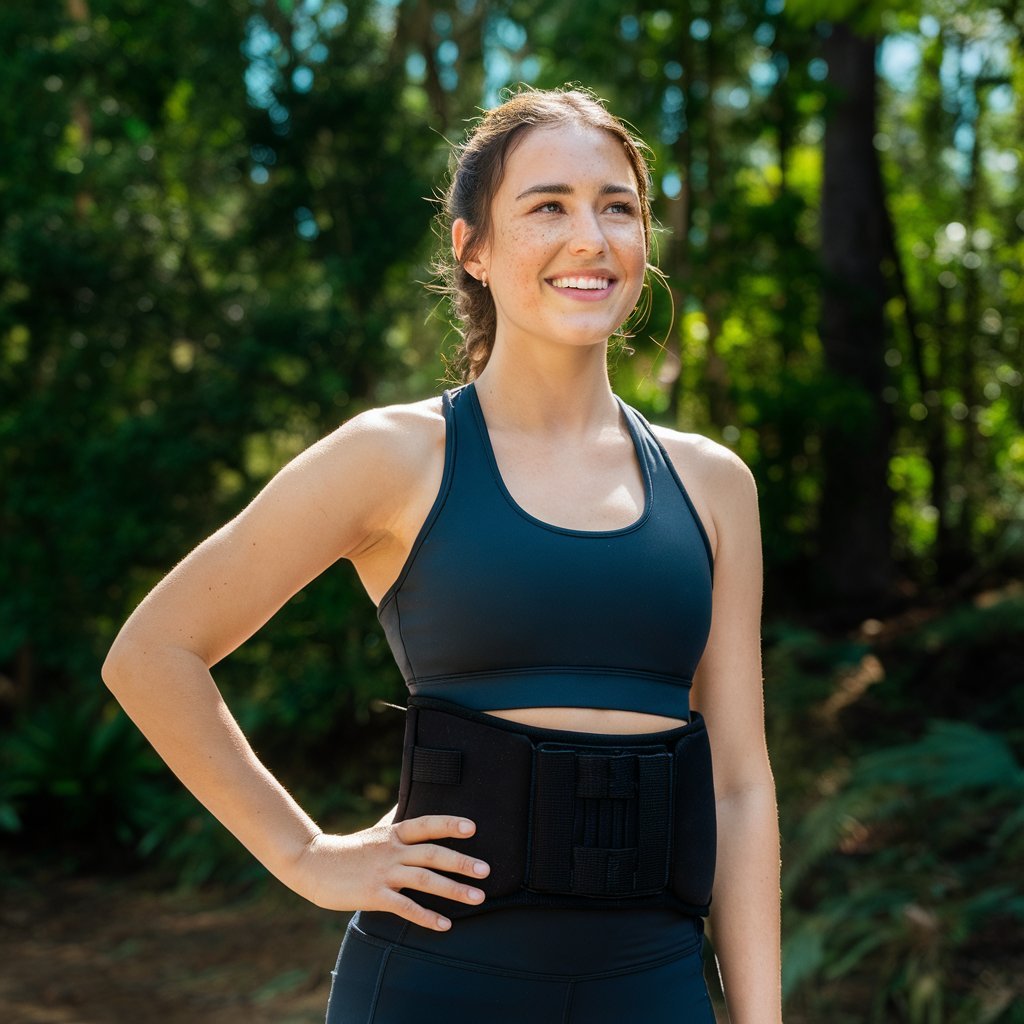When it comes to posture correctors, the burning question is often: “How long should I wear one each day?”
As someone who’s tried various posture correctors over the years, I can attest that the answer isn’t a simple one-size-fits-all. Let’s dive into the nuances of wearing a posture corrector and how to maximize its benefits without overdoing it.
First and foremost, understanding why you’re using a posture corrector is crucial.
Most of us turn to these devices because we’ve caught ourselves slouching at the desk or noticed an unflattering hunch in our shoulders. Others might be using them for more serious medical reasons, such as recovering from an injury or managing chronic back pain.
Your reason significantly impacts the duration you should wear a posture corrector.
When I first strapped on my posture corrector, I was eager to see instant results. I wore it for hours on end, expecting a magical transformation.
However, I quickly realized that more isn’t always better. Experts generally recommend starting slow. Begin with just 15 to 30 minutes a day. This allows your body to get accustomed to the new alignment without causing unnecessary strain or discomfort.
As you get used to wearing the corrector, you can gradually increase the time.
However, it’s important to listen to your body. For the first week or two, keep the sessions short, around 30 minutes to an hour. This incremental approach helps to avoid muscle soreness or fatigue, which can occur if you overuse the device right from the get-go.
Interestingly, the goal of a posture corrector is not to wear it forever. Instead, it’s a tool to help you build muscle memory and strengthen the muscles that support good posture.
Ideally, after several weeks of consistent use, you should start noticing an improvement in your natural posture, even when you’re not wearing the device.
By the second or third week, you might feel comfortable wearing the corrector for up to two hours a day. Yet, it’s essential to break this time into smaller segments.
Wear it for 30 minutes in the morning and another 30 minutes in the afternoon. This approach ensures you’re not putting too much pressure on your spine and muscles all at once.
While it’s tempting to wear a posture corrector all day, especially if you’re seeing positive results, it’s generally not advisable. Prolonged use can lead to muscle dependency, where your muscles rely on the corrector instead of working independently to maintain proper alignment. Aim to cap your daily use at about two to three hours.
Moreover, complementing the use of a posture corrector with exercises that strengthen your back, shoulders, and core is crucial.
Engaging in activities like yoga, pilates, or simple stretching routines can significantly enhance the benefits of wearing a posture corrector.
I found that incorporating a few targeted exercises into my daily routine made a huge difference in how quickly I saw results.
It’s also worth noting that consistency is key. Wearing a posture corrector sporadically won’t yield the same benefits as a regular, disciplined approach.
Stick to your routine, and don’t get discouraged if you don’t see immediate changes. Good posture is a habit that takes time to build.
In conclusion, the optimal duration for wearing a posture corrector varies from person to person, but a good rule of thumb is to start with short sessions and gradually increase the time to no more than two to three hours a day. Always pay attention to how your body feels and adjust accordingly.
Remember, the ultimate goal is to foster a strong, natural posture that doesn’t rely on external aids. With patience, consistency, and the right approach, you’ll be standing tall and confident in no time.



Leave a comment